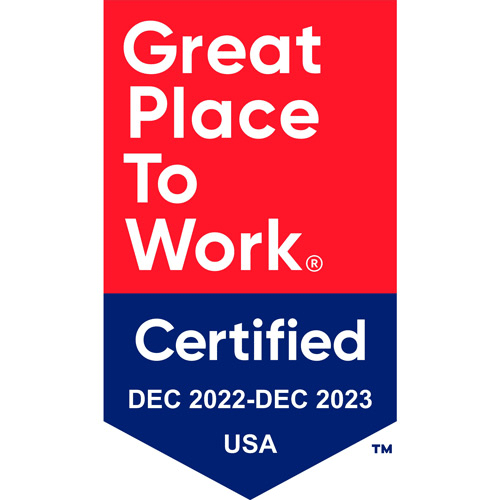Ensuring Excellence: A Guide to Pharmaceutical Regulatory Compliance
- PM
- December 28, 2023
- Edited December 28, 2023
Table of Contents
In the dynamic world of pharmaceuticals, staying aligned with regulatory standards is not just a necessity but a pivotal aspect of success. The concept of pharmaceutical regulatory compliance may seem daunting at first, but it’s crucial for any organization aspiring to make a mark in the healthcare sector. This guide is designed to demystify the complexities of compliance, offering you clear and actionable insights. We aim to equip you with the knowledge and confidence needed to ensure your practices and products meet the highest standards of safety and efficacy. So, let’s dive into the essentials of navigating the world of pharmaceutical regulations, ensuring your organization stays ahead of the curve.
Understanding the Basics of Pharmaceutical Regulatory Compliance
The first step in mastering pharmaceutical regulatory compliance is to build a solid foundation of understanding. It’s about grasping what compliance entails and why it’s so critical. In simple terms, regulatory compliance in the pharmaceutical industry involves adhering to laws, guidelines, and standards set by governing bodies. These regulations are designed to ensure the safety, quality, and efficacy of pharmaceutical products. By comprehensively understanding these regulations, companies can avoid costly legal issues and maintain public trust.
Building an Effective Compliance Strategy
Once you have a firm grasp of the basics, the next step is to develop a strategy for effective pharmaceutical regulatory compliance. This involves more than just knowing the rules; it’s about integrating compliance into every aspect of your operations. An effective strategy includes regular staff training, establishing clear internal policies, and continuous monitoring and auditing of compliance practices. This proactive approach not only helps in adhering to regulations but also fosters a culture of compliance within the organization.
Staying Updated with Changing Regulations
The pharmaceutical industry is ever-evolving, and so are the regulations that govern it. A key component of maintaining pharmaceutical regulatory compliance is staying abreast of these changes. This means actively monitoring updates from regulatory bodies, understanding how new regulations affect your operations, and swiftly implementing necessary changes. Staying updated requires a dedicated effort but is essential for ensuring ongoing compliance and avoiding the pitfalls of non-compliance.
Leveraging Technology for Enhanced Compliance
In today’s digital era, technology plays a pivotal role in ensuring pharmaceutical regulatory compliance. Utilizing the right technological tools can streamline compliance processes, reduce errors, and provide better oversight. For instance, advanced software solutions can automate data tracking, manage documentation, and ensure timely reporting. These tools not only simplify compliance management but also offer valuable insights for continuous improvement. Embracing technology is not just about keeping up with the times; it’s about enhancing your ability to maintain compliance efficiently and effectively. For more details visit us at GMP Pros.
Navigating International Compliance Challenges
For pharmaceutical companies operating globally, regulatory compliance becomes even more complex. Each country has its own set of regulations, and staying compliant across different markets is a significant challenge. The key here is to develop a flexible yet robust compliance framework that can adapt to various international standards. This might involve establishing specialized teams or working with local experts who understand the nuances of regional regulations. By effectively managing international compliance, companies can expand their global footprint while maintaining the integrity and safety of their products.
Turning Compliance into a Competitive Advantage
Often viewed as a necessary burden, pharmaceutical regulatory compliance can be a strategic asset. Companies that excel in compliance can leverage this as a competitive advantage. It demonstrates a commitment to quality and safety, which can enhance brand reputation and customer trust. Moreover, efficient compliance practices can lead to operational efficiencies, cost savings, and faster time to market for new products. By adopting a positive approach towards compliance, companies can differentiate themselves in a highly competitive market.
Conclusion
Pharmaceutical regulatory compliance is not just about ticking boxes; it’s a critical aspect of doing business in the healthcare sector. Through understanding the basics, building effective strategies, staying updated with changes, leveraging technology, navigating international challenges, and turning compliance into an advantage, companies can not only meet regulatory requirements but also excel in their field. In an industry where the stakes are high and the impact on public health is significant, compliance is an ongoing commitment to excellence. As we’ve explored in this guide, compliance is a multifaceted endeavor that requires dedication, knowledge, and agility. With the right approach and mindset, pharmaceutical regulatory compliance becomes less of a challenge and more of an opportunity to stand out and make a positive impact in the world of healthcare.
Read More:
Complexities of Pharma Regulatory Compliance



